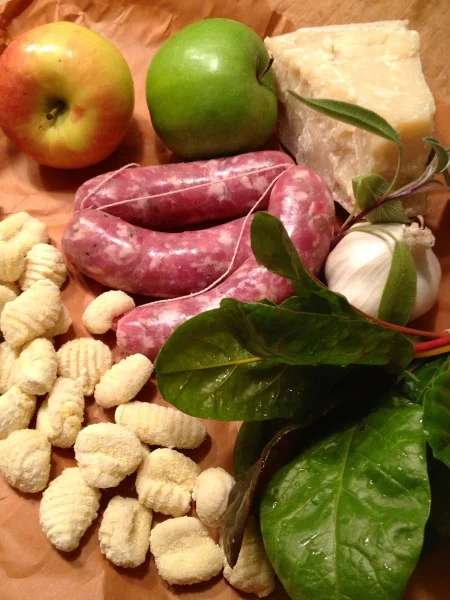Join me several times weekly on CreateTV + plus check local PBS listings
Wishing you all a very happy + safe Easter Week! Enjoy, George
It is said the American style popover originated in Portland Oregon derived from the Yorkshire Pudding origins of Yorkshire county in Northern England. Whether true or not the principle of a good Yorkshire Pudding or Popover derives from using a crepe-like batter dough. To make a popover, change the beef fat drippings (from the roast) to butter- for a more updated flavorful batter. Whatever style you prefer to make, just remember don’t open the oven door and peek in the oven- if you want a tall pop-over from this crepe-like muffin.
Yorkshire Pudding or Popovers are usually served with roasted meats. A dear friend recently shared with me that he serves popovers with scrambled eggs for breakfast or brunch. Great idea!
Popovers & Yorkshire Pudding
Makes 12 popovers
Adapted From Adventures in Grilling Cookbook, by George Hirsch with Marie Bianco
5 Tablespoons butter, melted
2 eggs, beaten
1 cup milk
1 teaspoon sugar
1 teaspoon salt
1/2 teaspoon hot sauce
1 cup all-purpose flour
pinch of fresh grated nutmeg and black pepper
Optional: 1 teaspoon fresh chopped thyme, rosemary or chives
Grease and flour a 12 cup muffin or popover pan. Add a teaspoon of melted butter to each cup of a 12-cup muffin pan.
Mix flour, eggs, milk, 1 Tablespoon melted butter, sugar and salt. Beat in the flour a little bit at a time and add herbs if using; mixture should be smooth. Do not over mix the batter or the gluten will overdevelop and the popovers will be tough. Let batter rest for fifteen minutes.
Preheat oven to 450 degrees.
Place empty/ unfilled muffin pan in hot oven to preheat pan for two minutes or until smoking hot.
Carefully remove hot muffin pan from oven and fill each cup halfway. Bake for 15-20 minutes, then reduce oven temperature to 350 degrees, and continue baking for 15-20 minutes more, or until popovers are puffed and browned.
Remove Popovers from pan immediately and serve hot.
Tips:
If serving scrambled eggs with popovers, begin to cook eggs 5 minutes before removing popovers from oven.
Do not open oven to check popovers until they have baked for at least 30 minutes.
To test for doneness, tap the outside of Popover; it should sound hollow.












